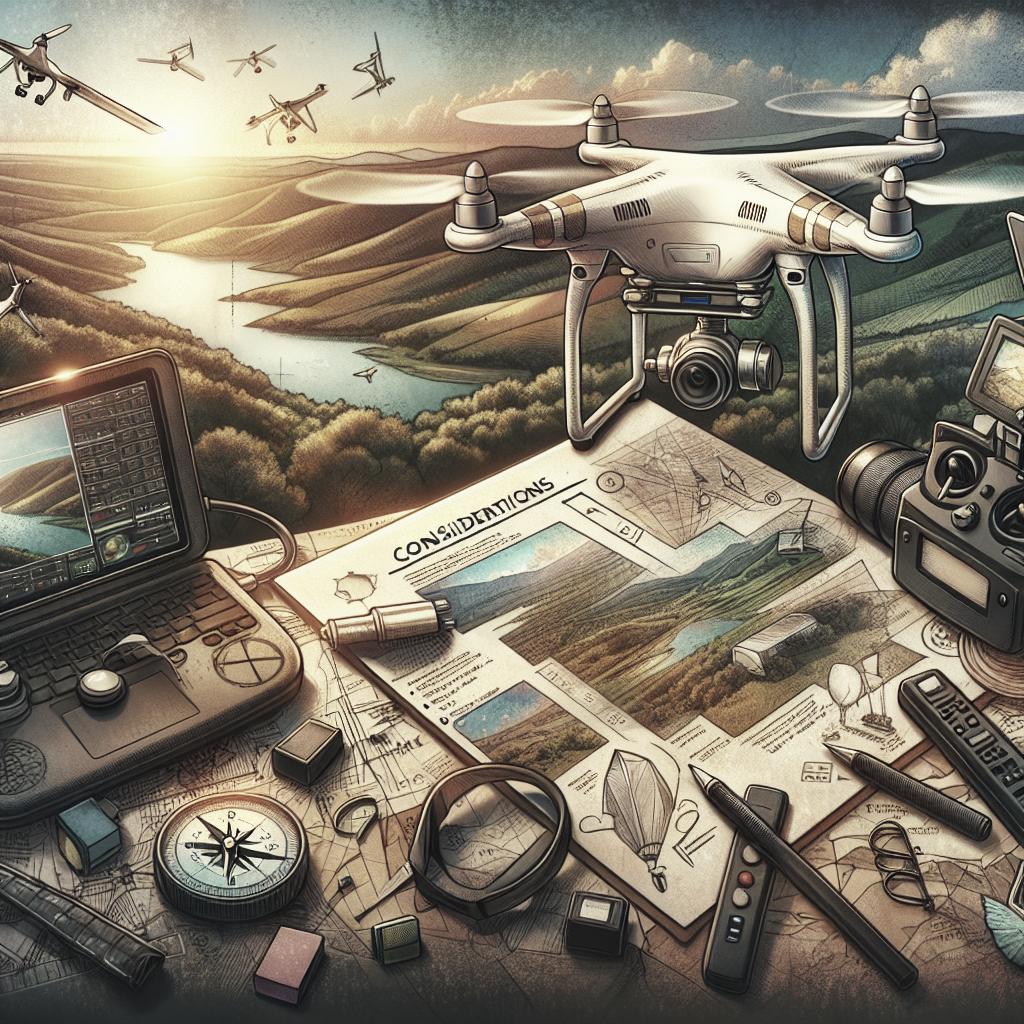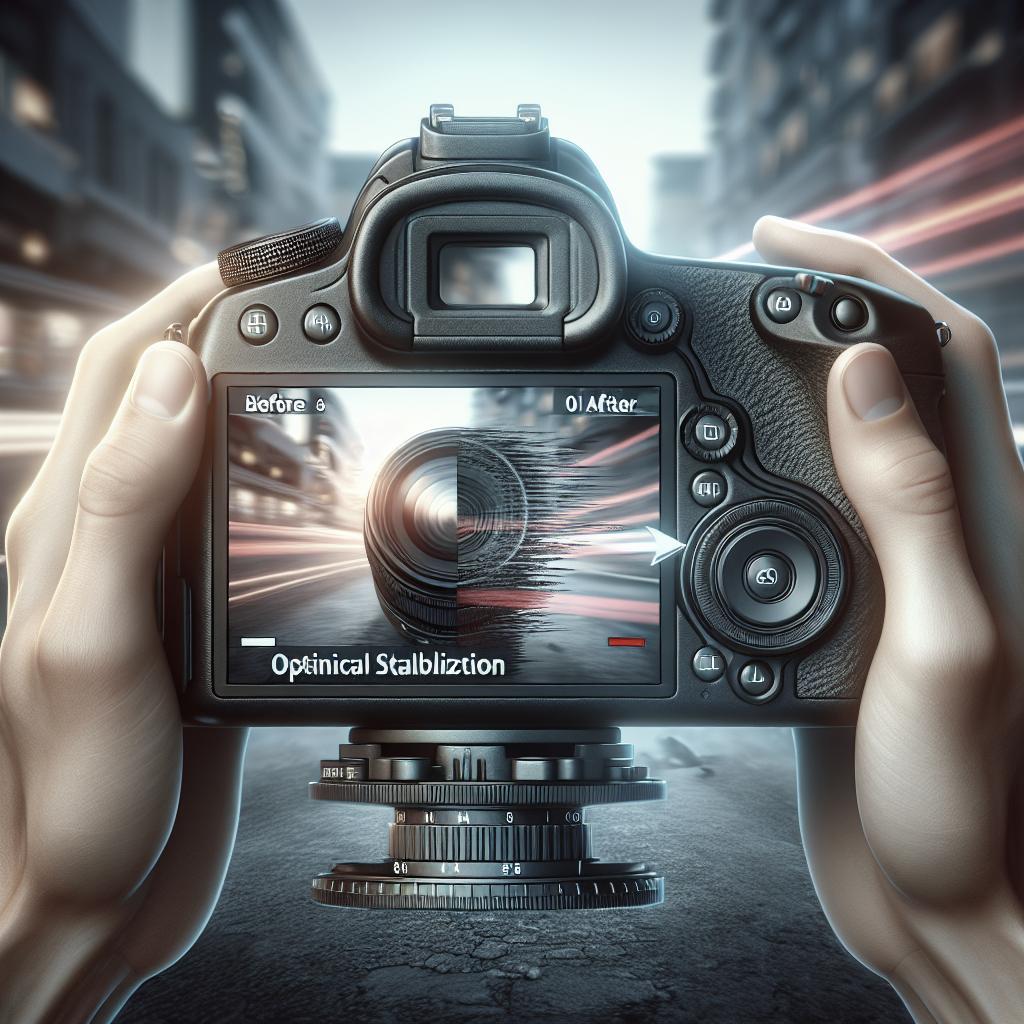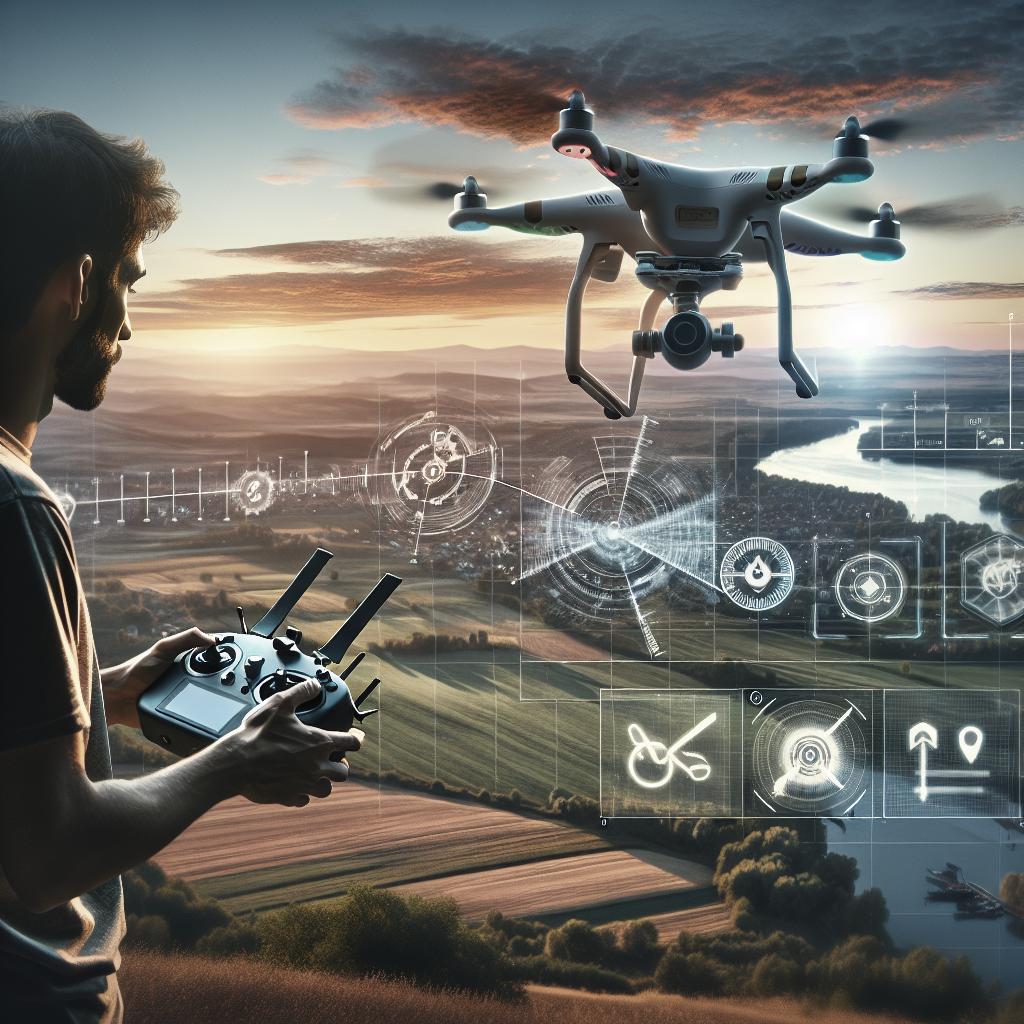“`html
Key Considerations for Aerial Videography
Aerial videography is transforming the way stories are told through visual media. With the rise of drone technology, filmmakers and content creators can capture stunning overhead shots that were once inaccessible or cost-prohibitive. This blog post explores the essential aspects of aerial videography, including the advantages of using drones for film projects, potential implications of this technology, and how collaborations with companies like Hydra Creative can elevate the aerial filming experience. By the end of this article, readers will have a comprehensive understanding of aerial videography and how to effectively incorporate it into their projects while adhering to regulations and ensuring safety and quality.
What is Aerial Videography?
Aerial videography is the practice of capturing video footage from an elevated position. Traditionally accomplished through helicopters or planes, this practice has become more accessible with the advent of drones. These unmanned aerial vehicles (UAVs) offer filmmakers a cost-effective and flexible solution for capturing sweeping landscapes, dynamic chase scenes, and breathtaking architectural shots.
The use of drones in aerial videography allows for creative expression in ways that were previously unimaginable. By providing a bird’s-eye view, drones enable filmmakers to reveal new perspectives and dimensions that enrich storytelling. Whether it’s capturing the expanse of a natural landscape or showcasing the symmetry of urban design, aerial videography brings a new level of immersion to visual media.
Aerial videography has not only revolutionized filmmaking but has also permeated other industries like real estate, tourism, and sports. By incorporating dynamic aerial footage, businesses can better engage audiences, showcase properties, and deliver more captivating marketing content.
What are the advantages of using drones for film projects?
One of the primary advantages of using drones in film projects is their ability to capture high-quality footage at a fraction of the cost of traditional methods. Helicopters and cranes require significant resources and scheduling, whereas drones are portable, quick to deploy, and offer similar, if not enhanced, capabilities for certain shots.
Drones bring versatility to filming locations, allowing filmmakers to capture footage in less accessible or dangerous areas. This flexibility extends to a wide range of environments, from bustling urban landscapes to remote natural settings. The agility of drones enables filmmakers to experiment with new angles and innovative shooting techniques without the logistical challenges associated with larger equipment.
Moreover, drones equipped with advanced stabilization and gimbal systems produce smooth, cinematic shots, ensuring high production value. The ability to shoot in 4K or even 8K resolution further enhances the quality of the footage, providing the clarity and detail necessary for professional-grade media and large-screen displays.
Are there implications to using aerial videography?
While aerial videography offers numerous benefits, it also presents potential challenges and implications, especially concerning regulations. Drone operators must adhere to strict regulations set forth by aviation authorities, such as the Federal Aviation Administration (FAA) in the United States or the Civil Aviation Authority (CAA) in the UK. These regulations often include restrictions on flight altitude, proximity to airports, and maintaining a line of sight during operation.
Privacy concerns are another implication when using drones. Filmmakers must be considerate of people’s privacy and avoid capturing footage that includes individuals or private properties without consent. This is especially crucial in densely populated areas where drones might inadvertently capture more than intended.
Operational safety must also be prioritized to prevent accidents or damage to equipment. Proper training and certification for drone operators are essential to ensure safe and competent usage. Regular maintenance and pre-flight checks of the drones are necessary to ascertain that all equipment is in optimal working condition.
How can collaborating with Hydra Creative support my aerial filming experience?
Partnering with a creative agency like Hydra Creative can significantly enhance the aerial filming experience. Their expertise in visual storytelling and technical proficiency with drone technology provide filmmakers and content creators with the necessary resources to produce high-quality footage that meets professional standards.
Hydra Creative offers services that include pre-production planning, ensuring the filming process is meticulously mapped out to capture the desired shots efficiently and effectively. Their team of skilled drone operators is well-versed in the latest regulations, helping clients navigate legal logistics and obtain necessary flight approvals.
With experience in a diverse array of industries, Hydra Creative brings unique insights that enhance the creative process. Their collaborative approach allows filmmakers to push boundaries and explore innovative aerial cinematography without the stress of managing technical aspects alone. By leveraging their co-creation methodology, projects achieve both aesthetic excellence and compliance with industry standards.
Lessons Learned
| Aspect | Details |
|---|---|
| Aerial Videography | Capture video from elevated positions for new perspectives in storytelling. |
| Advantages of Drones | Cost-effective, versatile with high-quality results in varied environments. |
| Implications | Involves regulations and privacy considerations, requires certified operators. |
| Collaboration with Hydra Creative | Enhances video quality through expertise, regulation navigation, and technical support. |
“`


